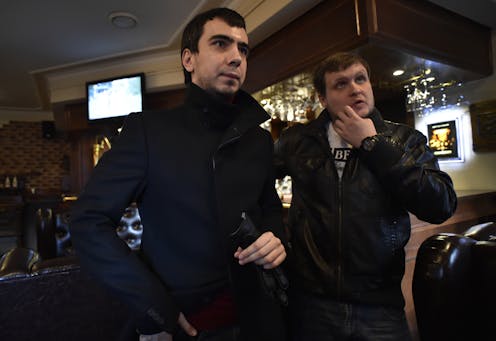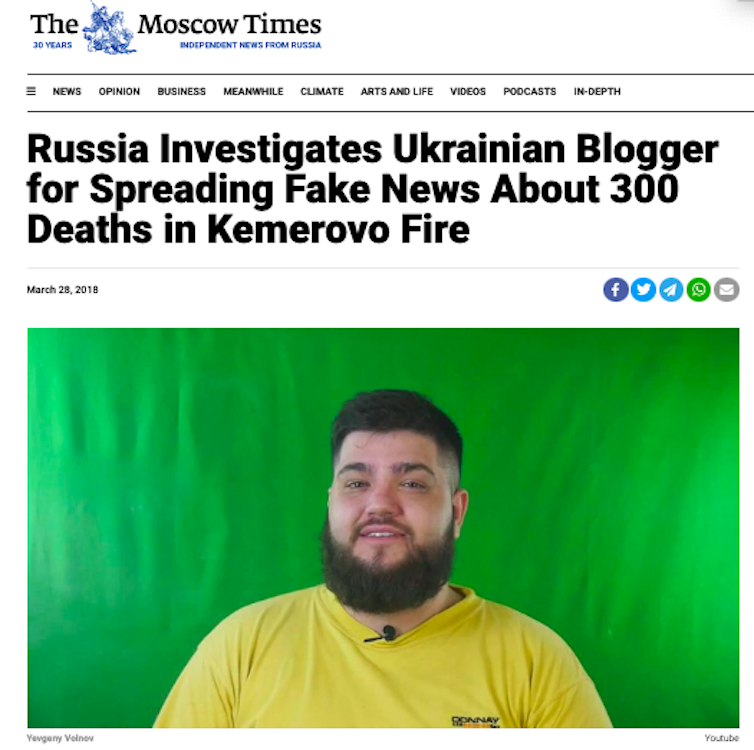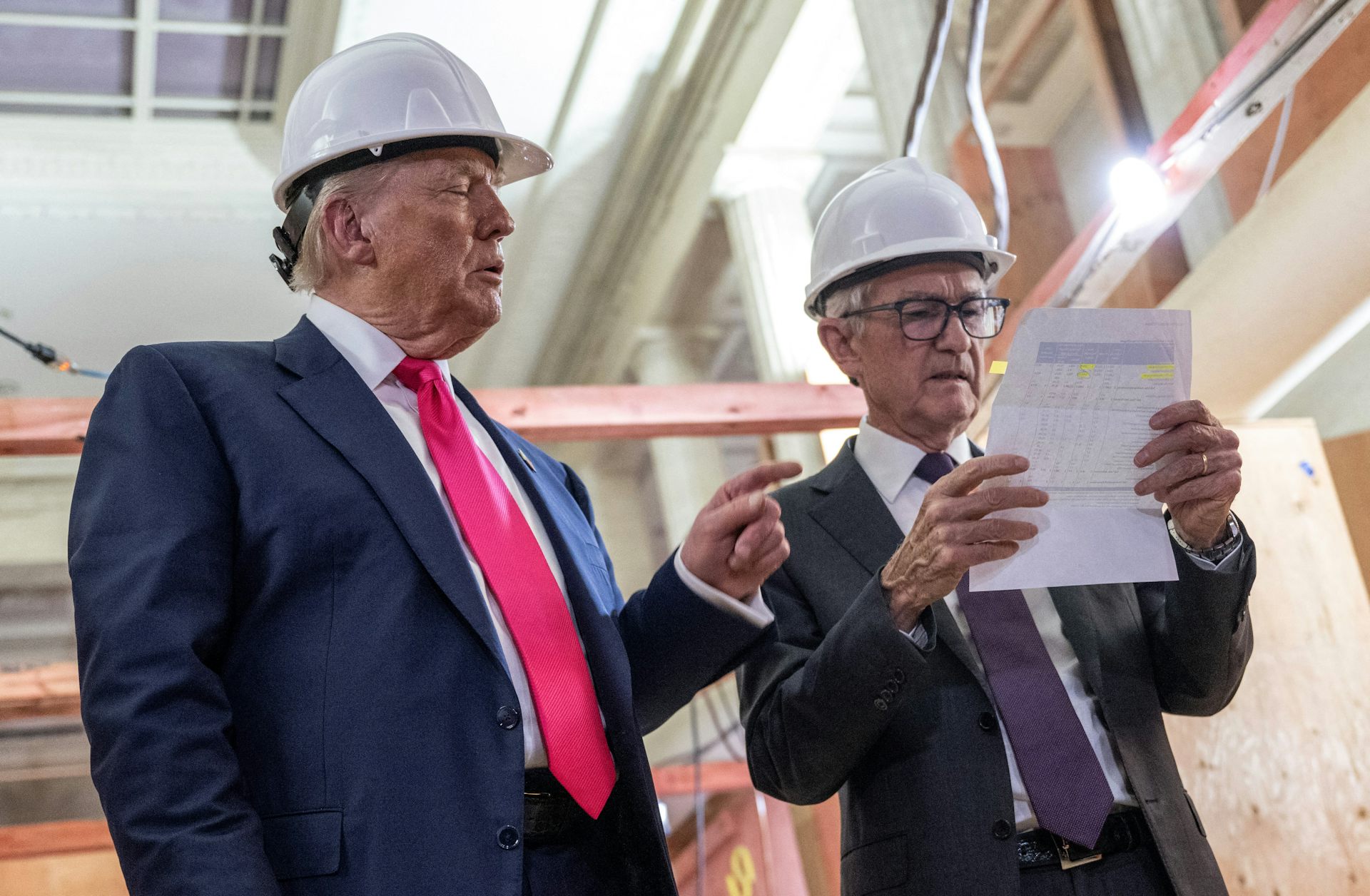Pranks and propaganda: Russian laws against 'fake news' target Ukrainians and the opposition, not pr
Political phone pranksters played a big part in the passage of draconian laws that strangle free expression in Russia.

When they launched their war on Ukraine in late February 2022, Russian authorities also unleashed an all-out assault on dissent at home. Within weeks, the Kremlin blocked access to nearly all remaining critical media outlets as well as to Facebook, Instagram and Twitter.
As part of the communication crackdown, the Russian parliament – the State Duma – passed draconian laws to limit speech relating to the Russian-Ukrainian war, laws that lawmakers deemed necessary to fight against fake news. In its first move, in early March, the legislature unanimously criminalized “public dissemination of false information under the guise of truthful messages” about the Russian army. Sentences for violating the law extended up to 15 years in prison.
Later that month, Russian lawmakers expanded the law’s application to include false information about the work of all officials serving abroad, including the National Guard troops, the Federal Security Service or any other state organs involved in the Ukrainian campaign.
The combination of the law’s intentional vagueness and severity is meant to stifle criticism of the Russian invasion. The “fake news” laws swiftly devastated media organizations that weren’t already controlled by the state.
The latest series of fake news laws isn’t the Kremlin’s first use of a tragedy to enhance its power. And the earlier instance didn’t need a war to trigger it – it was triggered by pranksters.

Hoax sparks punitive law
Russia passed its original fake news legislation in March 2019. The law established penalties for spreading “socially significant false information distributed under the guise of truthful messages.”
The law’s passage followed a Ukrainian prankster’s hoax that built on a real tragedy. On March 25, 2018, a fire in a shopping mall in the Russian mining city of Kemerovo killed 60 people, most of them children.
Evgeniy Volnov, a Ukrainian media provocateur who fancies himself an information warrior against Russia, posed as an emergency services official to prank call the Kemerovo morgue. He told officials there to arrange for 300 incoming bodies.
Volnov then published his phone call, which sparked local residents’ anger at the authorities. Residents then wrongly suspected officials of hiding the real number of victims. In response, the Russian Investigative Committee – the main federal investigating authority in Russia – opened a criminal case against Volnov for “inciting hatred or animosity” and issued a warrant for his arrest in absentia.
The Russian government promptly exploited Volnov’s prank to further curtail domestic freedoms.
In the days after the fire, state officials argued for the need to regulate fake news to safeguard Russian society from destabilization by disinformation. Citing Volnov’s prank, Duma speaker Vyacheslav Volodin, for example, suggested that foreign governments could use fake news to instigate regime change in Russia. He singled out the Ukrainian government, in which he claimed “representatives of the CIA and the U.S. State Department work in the intelligence services.”
Russia’s most famous pranking duo, Vladimir Kuznetsov – known as Vovan – and Alexey Stolyarov – known as Lexus – spearheaded the media campaign for fake news legislation.
Kuznetsov and Stolyarov’s pranks target foreign high-profile cultural and political figures who oppose the Kremlin’s agenda. Russian media then widely cover the pranks to present them as evidence for the regime’s mythology of Russia as a besieged fortress fending off unending Western scheming against it.
Pranking politics
Pranks are mischievous practical jokes played on unsuspecting victims. A classic phone prank involves a caller posing as someone else, usually in front of an audience of co-conspirators, to dupe their targets into doing or saying something silly, revealing or both.
Political pranking is traditionally thought of as benign foolery targeting the powerful. My research into pranking politics shows that sometimes pranksters bolster the status quo instead.
Kuznetsov and Stolyarov were the founding figures of Russia’s phone pranking scene in the 2000s. At the time, the community consisting of teenagers and college students mostly pranked the downtrodden and pop culture celebrities. The jokesters’ aim was to drive their target to angry stupor for the enjoyment of fellow pranksters.
In 2014, upon discovering their shared support for Russia’s annexation of Ukraine’s Crimea, the veteran pranksters joined forces to dupe Ukrainian and Western elites. The pair pranked Ukrainian President Petro Poroshenko; Filaret, patriarch of the Ukrainian Orthodox Church; Kyiv Mayor Vitali Klitschko; and other Ukrainian leaders. Posing as friendly figures to entice their victims into informal chatter, Kuznetsov and Stolyarov broached a wide range of topics, including nationalism, Russian gas exports and homosexuality.
The pranksters’ goal was to provoke their targets into saying something that Russian media could then spin using the Kremlin’s characterization of post-2014 Ukraine as an inept, fascist and morally corrupt Western puppet. In 2018, Ukrainian authorities barred Kuznetsov from entering the country.

The law of Vovan and Lexus
Because of Kuznetsov’s and Stolyarov’s reputations as patriotic experts in fakery, they took on the role of promoting the fake news law initiative. Calling Ukrainian prankster Volnov’s prank a “disgusting informational sabotage by Ukrainian nationalists,” the pair vowed to prevent “informational attacks from abroad” by proposing legal solutions in their capacity as members of the State Duma’s advisory Council on Information Society and Media Development.
In explaining the duo’s enthusiasm, Stolyarov distinguished between their socially “useful fakes,” which uncover hidden truths about domestic and world politics, and what they said were unlawful pranks like Volnov’s that only destabilize society.
The duo’s public support for fake news legislation was so vociferous that one critic referred to the initiative as “the law of Vovan, Lexus, and Volodin.” After lobbying for the law in the media, however, the pranksters were sidelined from meaningful participation in its drafting.
Following monthslong parliamentary discussions and revisions, Vladimir Putin signed the fake news proposals into law in March 2019. The law set fines for spreading alleged disinformation ranging from US$450 to $22,900, depending on who was doing the spreading and its consequences – for example, whether it led to bodily harm or death. As critics had warned, the authorities applied the law almost exclusively to opposition activists and organizations.
When the COVID-19 pandemic began in spring 2020, Russia used the existing fake news framework to criminalize what it said were coronavirus-related fakes in an effort to curb unwanted coverage of the public health emergency. The law carried a maximum sentence of 10 years in prison.
Pranksters non grata
Since the renewal of Russia’s aggression in Ukraine, Vovan and Lexus again put their pranking talents in the Kremlin’s service. In late March, the duo published pranks with the U.K. Home Secretary Priti Patel and Secretary of State for Defense Ben Wallace.
[Over 150,000 readers rely on The Conversation’s newsletters to understand the world. Sign up today.]
Posing as Ukrainian Prime Minister Denys Shmyhal, the pranksters trolled the U.K. ministers with ridiculous questions surrounding the war. At one point, faux-Shmyhal asked Patel if the British were afraid that neo-Nazis would enter the U.K. among Ukrainian refugees, a reference to the Kremlin’s claim that the goal of its invasion of Ukraine is “denazification.” The startled official replied with an assurance of the Brits’ determination to help in the Ukrainian refugee crisis.
The leading Russian state information agency, RIA Novosti, twisted Patel’s response. The headline read: “The U.K. Home Secretary shared with the pranksters her willingness to help neo-Nazis.”
After the U.K. government urged YouTube to block the videos as “Russian propaganda,” the U.S.-based platform removed the pranksters’ channel as part of its investigation into “influence operations linked to Russia.”
The pranking war rages on.
Stanislav Budnitsky does not work for, consult, own shares in or receive funding from any company or organisation that would benefit from this article, and has disclosed no relevant affiliations beyond their academic appointment.
Read These Next
DOJ criminal probe highlights risk of Fed losing independence – a central bank scholar explains what
The investigation follows Fed Chair Jerome Powell’s refusal to toe the White House’s line over interest…
How social media is channeling popular discontent in Iran during ongoing period of domestic unrest
Information is still getting out despite an almost total internet blackout, especially with the help…
What is Christian Reconstructionism − and why it matters in US politics
Christian Reconstructionism, a little-known movement to rebuild society on biblical law, can often shape…






